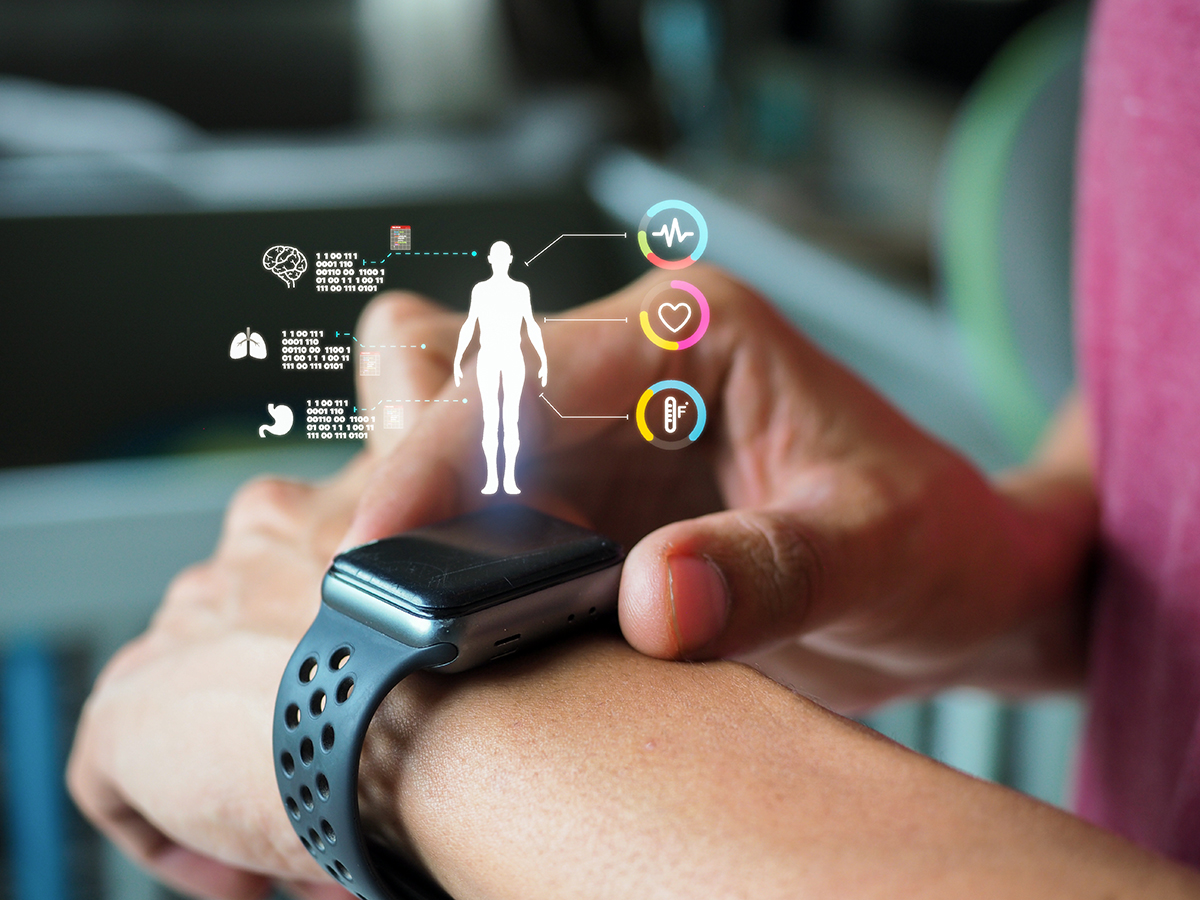
Revealed: The Key Components of a Centralized Virtual Care Hub

There are many advantages to remote, virtual healthcare, yet only in the last twelve months has the shift to online, digital care really taken off. It was always assumed that the most obvious beneficiaries of remote care would be those that live remotely or have mobility issues, enabling them easy and convenient access to services. For the rest of the population, it was something to think about in the future. Digital was definitely on every healthcare company’s roadmap, just not necessarily the next item on the agenda.
Then the pandemic came, and the healthcare industry had to supercharge its efforts to go virtual, fast-tracking plans that might have taken months and rolling them out in a matter of weeks. Out of necessity, all care that could become virtual, did go virtual. One of the stand-out lessons has been that this model of care is not just suitable for those who can’t physically get to appointments, it is actually easy and convenient for everyone, providing they have access to digital services, either through a smartphone or other device. Of course, many types of care still require in-person treatment. Surgery and any services reliant on equipment that sits within healthcare settings, for instance. However, for a significant proportion of healthcare interactions, virtual has proved itself not just fit for purpose, but even preferable for many other reasons besides the necessity of social distancing. This is patient-centered care in action.
Better outcomes for patients and providers
Apexon has worked with customers in the digital health industry since its inception and our experience runs deep. We have been helping customers drive innovation for better healthcare outcomes for patients and providers in life sciences, pharma, and medical services for many years. Even before the pandemic, Apexon had first-hand experience of helping a major US healthcare provider meet the needs of its remote and homebound patients from one centralized hub. In the last twelve months, demand for virtual care has risen sharply, but shifting to a centralized virtual care hub is not easy pivot for many traditional health providers.
What should providers consider to ensure the effectiveness of their virtual care? What does going virtual consist of?
What can you expect from a centralized virtual care hub?
The first point of contact with the family physician, preventative care support, follow-up visits, remote post-hospital care and the remote management of chronic diseases can all be carried out from a virtual care hub.
What is involved in going virtual?
Shifting to a virtual care model can be a big cognitive leap for patients and providers alike. But how will I access this service, or that data? How can it possibly work online? These are common questions. The answers often lie in revealing the end-to-end process of a virtual visit. Show, don’t tell, as they say. Here is the anatomy of a virtual visit:
- Pre-visit: Long before the appointment takes place, several key preliminary components of the virtual care hub are already hard at work. Intelligent scheduling is the first point of contact for those seeking medical advice. These systems can effectively triage the situation and recommend the appropriate channel to resolve it, whether that is to book a direct call, schedule an appointment, advise about self-care etc. In the pre-visit stage, virtual healthcare providers ensure that the patient and physician are both ready for the virtual visit when it happens: appointment reminders are sent out, lab or test results are ready and educational content is shared.
- Virtual waiting room: Here, patients can expect an easy check-in process for their appointment, which might also involve health-related clinical videos, customized screening or HIPAA compliant two-way texting.
- Virtual visit: Whether the appointment takes place by phone, conversational UI or video, the physician will be armed with the information required to support decision-making, including remote body vitals from wearables and connected devices, the patient’s history, and, increasingly, AI support around clinical judgements. Physicians can perform directed virtual exams during the visit, recommend next step and automatically generate the necessary clinical documents.
- Post-visit: With the virtual visit over, if the patient requires a follow-up appointment, a prescription or health maintenance planning, this will all be handled via the virtual care system. In addition, the billing and claims management is integrated and automated throughout.
- Remote monitoring: This is not a “final step” in the process, rather it brings us back round to the beginning and completes the circle of care. Virtual care enabled remote patient monitoring. This, in turn, has led to a closer, more responsive and interactive model of care. For instance, patients could expect health coaching to keep their condition on track, as well a critical alert system that can predict – and hopefully prevent – deterioration in the patient’s condition.
The digital ecosystem powering virtual care
A centralized virtual care system depends on the seamless interaction of many components – hardware, firmware, and software. Hardware components range from medical grade devices to consumer wearables. To learn more on how they’re changing the health landscape, take a look at the recent blog, MedTech and the IoMT Are Driving the Patient-Centric Care Revolution.
The most viable environment for digitally engineering, testing, and running a care hub is in the cloud, benefiting as it does from the very latest practices when it comes to security, performance, disaster recovery and compliance.
Whichever aspect of virtual care you are considering, Apexon is ready to answer your questions and solve your toughest digital challenges. Why not get in touch using the form below?




